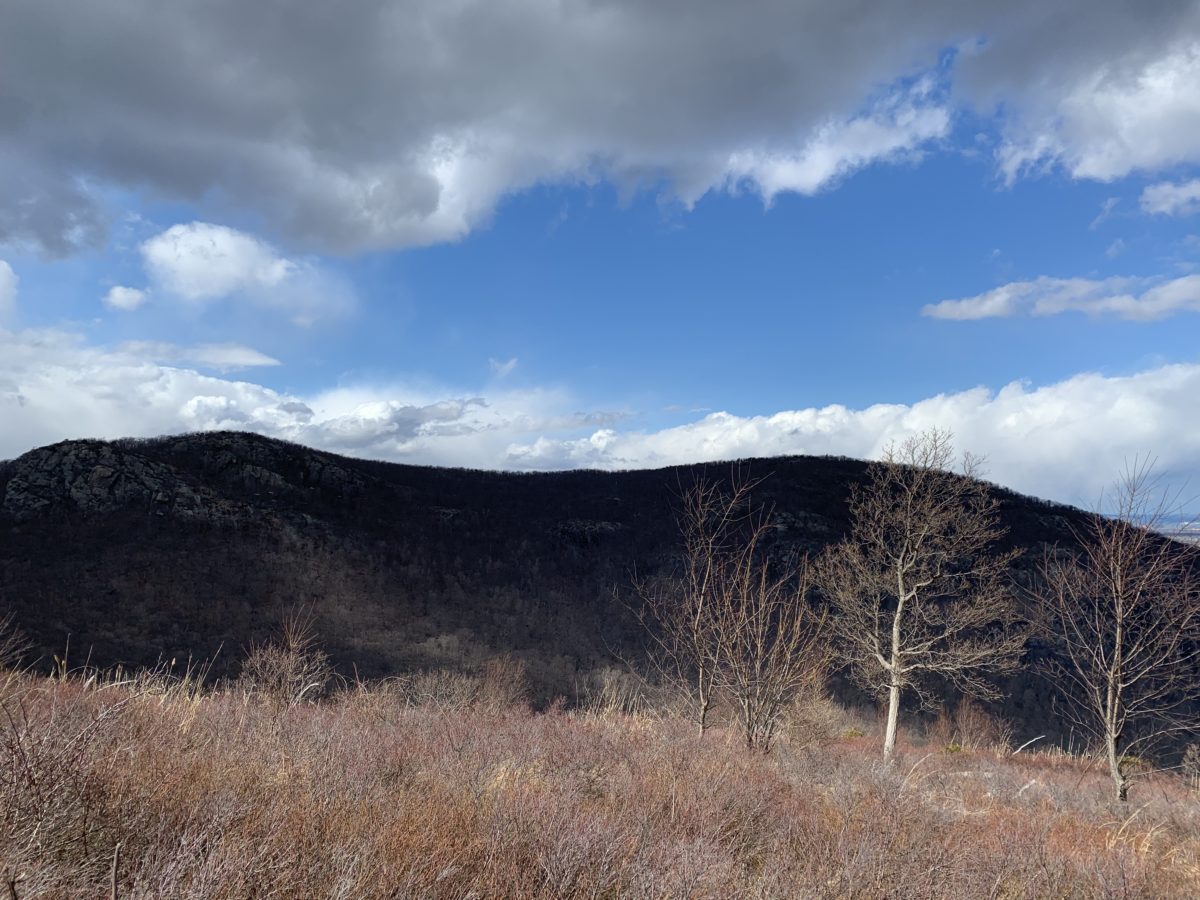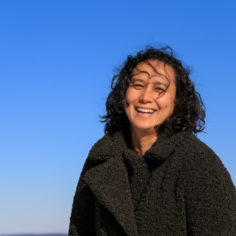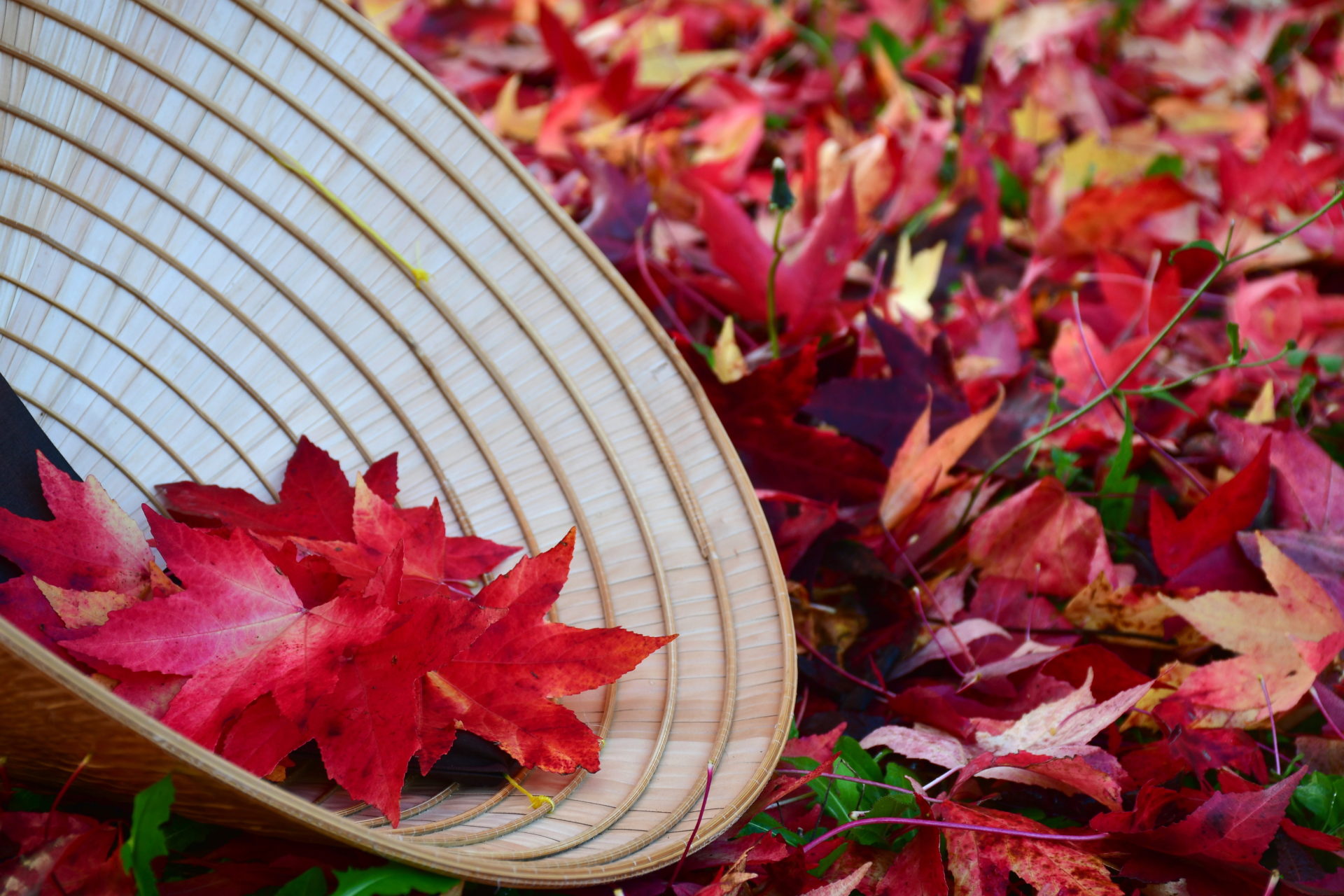
When I was growing up in Switzerland, all I ever wanted was to be happy. It happened when I didn’t feel accepted; I didn’t think I was seen or heard, though I knew I had something unique to offer. As years have passed by, I’ve focused on the things that make me happy: singing and dancing, connecting with friends, and being different. At twenty-three, I moved to New York City to attend a dance school and didn’t know where it would lead me.

When I was growing up in Switzerland, all I ever wanted was to be happy. It happened when I didn't feel accepted; I didn't think I was seen or heard, though I knew I had something unique to offer. As years have passed by, I’ve focused on the things that make me happy: singing and dancing, connecting with friends, and being different. At twenty-three, I moved to New York City to attend a dance school and didn’t know where it would lead me. Movement is what kept me going. One day, I met my husband, who lived freely and joyfully embracing each moment for what is presented. A few years later, I completed a yoga teacher training that opened my horizon to the beautiful teachings of the East. Having a mother from Indonesia made me feel at home and connected.
During a yoga conference, I picked up a book, Moments of Mindfulness, by Thich Nhat Hanh that encapsulated everything I needed to know. I considered my yoga teachings mindful yoga—slow movements where we paid attention to the transitions and not the end goal of a pose. Unfortunately, not many people resonated with my style as it wasn't giving the expected outcomes they came for. Some years went by, and I worked in a corporate field for over six years. Yoga got put on the side; my desire for something spiritual—something different—persisted.
Once I lost my job, I had to find new ways of going about life. I returned to school, and studied liberal arts and explored my interest in humanity; how we function through our days and how our brain works excited me. It made me realize that we all have something in common: the beauty of our body and our mind. My attention again turned to mindfulness, which I started teaching in a company. I connected my experience teaching yoga with what I learned in college.
When I graduated, I had a lot of knowledge in my pocket; I realized that it was now time to practice and live what I intuitively believed to be true and significant in life. This was when Moments of Mindfulness and the teachings of Thich Nhat Hanh showed me the way. Reading and embracing the insights of Thay’s books, Understanding Our Mind, Being Peace, and Your True Home, I found the essence of mindfulness. It's always been there with me, from the day I wanted to be happy.
One day, I randomly opened Your True Home to page 334:
The True Teacher in You
The capacity to be enlightened isn’t something that someone else can offer to you. A teacher can only help you to remove the nonenlightened elements in you so that enlightenment can be revealed. If you have confidence that beauty, goodness, and the true teacher are in you, and if you take refuge in them, you will practice in a way that reveals these qualities more clearly each day.
This wisdom confirmed my purpose in pursuing mindfulness as the teaching I believe in. My mentor, Carole Melkonian—who has lived in Plum Village for ten years and will guide me in the coming two years—and Jon Kabat-Zinn advised me that retreats are essential to be a great mindfulness teacher and that only when we understand our own minds and bodies can we guide others.
Following their advice, I signed up for a five-day silent retreat. After the first day, while washing the dishes, Thich Nhat Hanh's words popped into my mind: Just wash the dishes without the goal of cleaning them. As I touched the pan and sponge, I realized it was not about washing the dishes; it was about how I was moving my hands and arms in relation to this activity. This awareness arose when we participated in daily mindful walking, where it is about how we are moving through space and how our bodies are moving between each step. Also, mindful eating has caused me to observe how the movement of my jaw and teeth break down food to make it digestible.
Oftentimes as we go through life, we focus too much on what we want to accomplish and how fast we can get to the end goal when, in fact, our end goal is death. Why rush through life when the beauty is right within us? There is nowhere else to be than here, nowhere else to go. When we are present, attentive to what's happening now, moment by moment, we have access to true happiness.
So, my search for happiness has been found. It's in this very present moment, and as Thich Nhat Hanh says, “Mindfulness is a source of happiness.” Thank you, Thay, for being the teacher that you are. Even if I have never met you, you are in every moment I experience.


